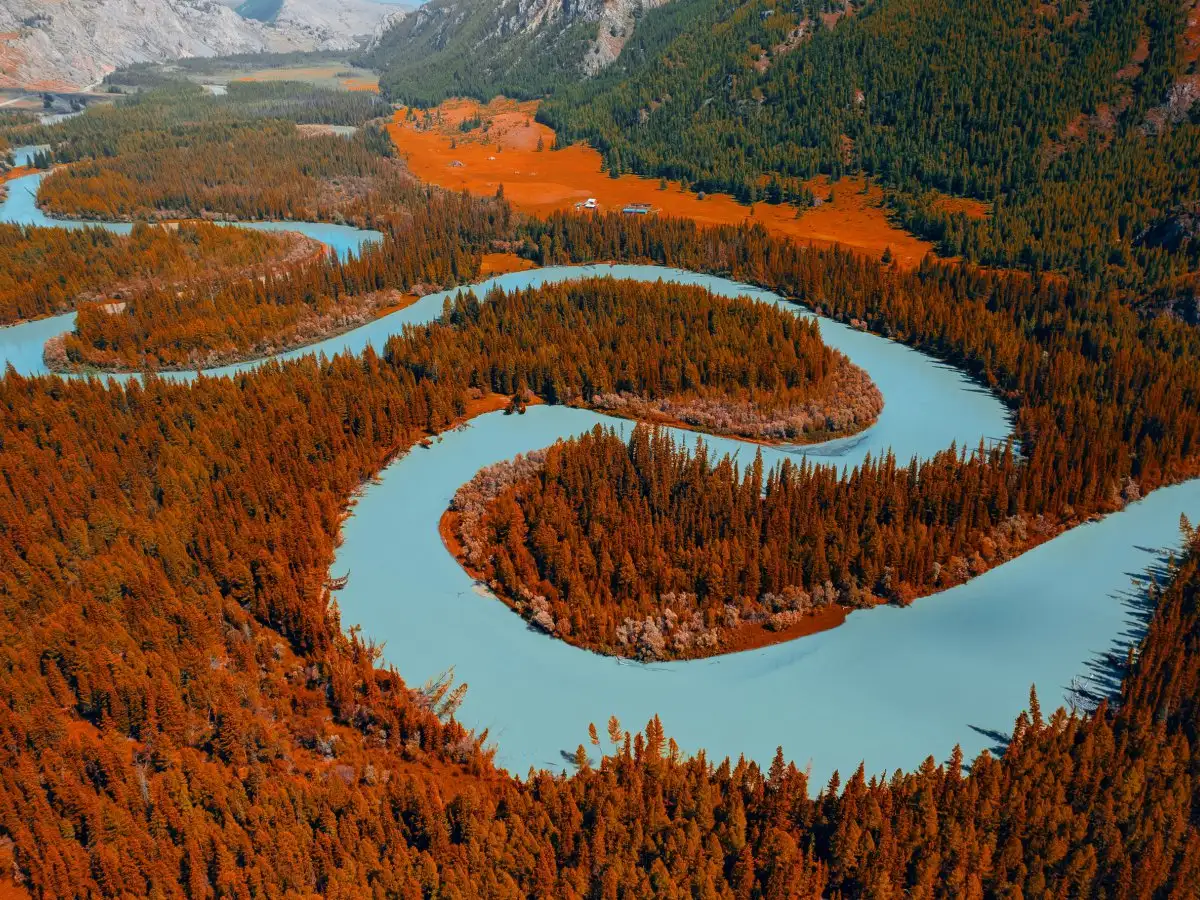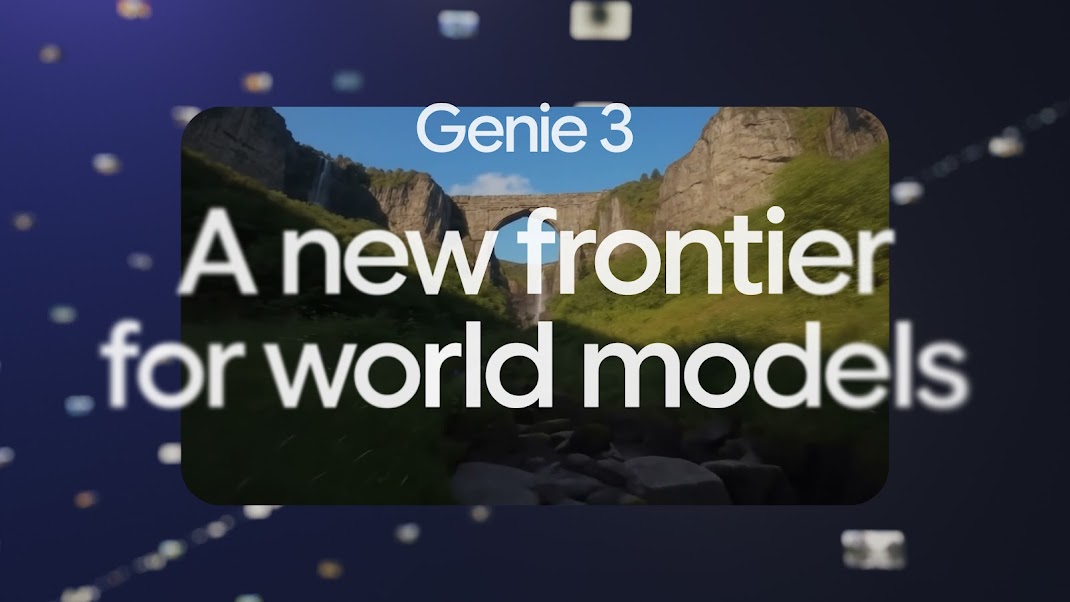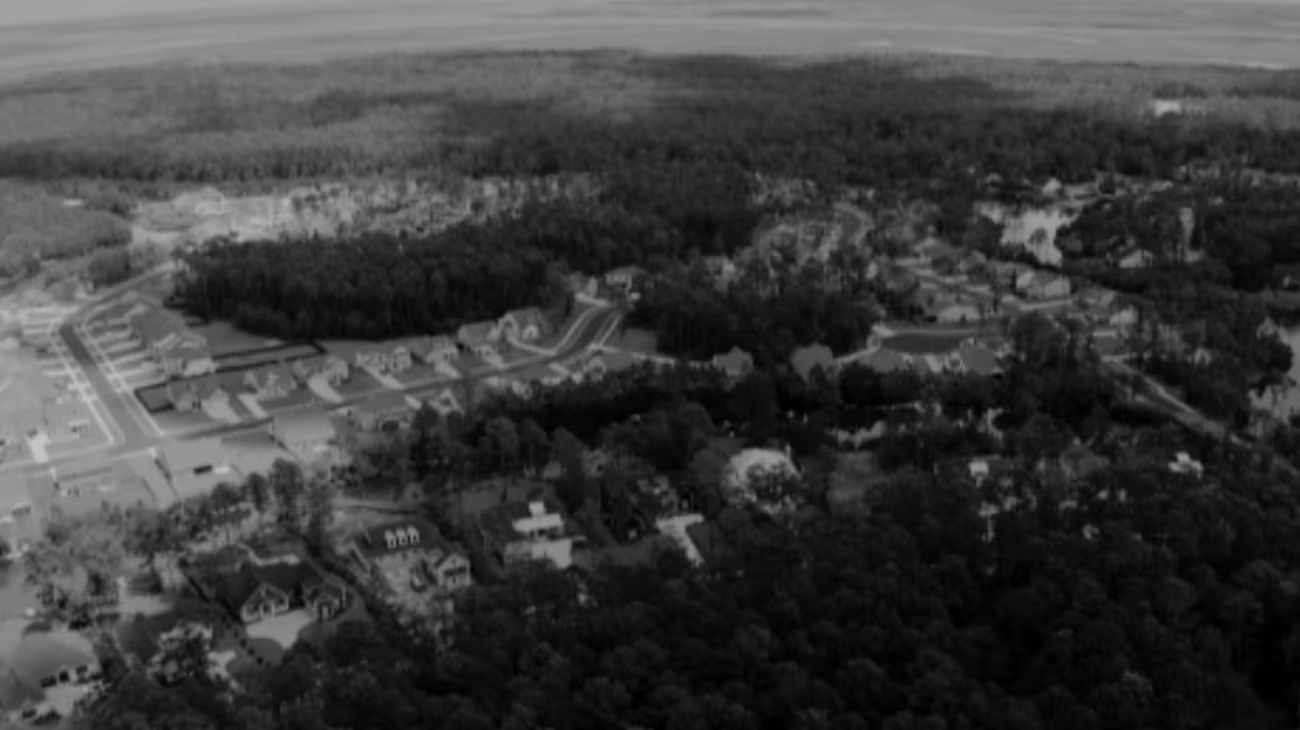
Recent scientific findings have shed light on a concerning phenomenon: ancient carbon, long buried beneath the Earth’s surface, is now gradually leaking back into the atmosphere. This discovery could have profound implications for our climate system, potentially exacerbating global warming and altering Earth’s delicate environmental balance. As researchers delve deeper into this phenomenon, it becomes increasingly clear that understanding the origins and pathways of this ancient carbon release is critical in assessing its long-term impact on climate change.
The Source of Ancient Carbon and Its Hidden Reservoirs
What Is Ancient Carbon?
Ancient carbon refers to organic carbon deposits that have been trapped underground for thousands to millions of years. These deposits include fossilized organic matter, permafrost, and deep-seated geological formations like shale and sedimentary rocks. Historically, this carbon remained sequestered due to geological and chemical barriers, effectively removing it from the active carbon cycle.
Storage in Deep Geological Formations
Much of the world’s ancient carbon resides within deep geological formations, often isolated from the surface by natural barriers. Over geological timeframes, processes such as sedimentation, mineralization, and compression sealed these carbon stores within the Earth’s crust. For a long time, they remained stable, contributing little to atmospheric CO₂ levels.
The Shift: How and Why Is Ancient Carbon Leaking?
Natural Processes Facilitating Carbon Escape
Recent studies indicate that natural processes are increasingly facilitating the leakage of this carbon into the atmosphere. These include:
- Permafrost Thawing: Rising global temperatures cause permafrost, which contains vast amounts of frozen organic carbon, to melt. This process releases greenhouse gases like CO₂ and methane as organic matter decomposes.
- Geological Activity: Earthquakes, tectonic shifts, and volcanic activities can open pathways through which deep-seated carbon migrates upward.
- Fluid Movement and Fracturing: The movement of groundwater and geological fracturing over time creates routes for ancient carbon to ascend toward the surface.
Human Activities Accelerating the Release
In addition to natural processes, human-induced factors are accelerating this leakage:
- Hydraulic Fracturing (Fracking): Fracking can disrupt geological formations, enabling stored carbon to escape.
- Mining and Drilling: Extracting fossil fuels and minerals disturbs the underground reservoirs, creating new pathways for leakages.
- Land-Use Changes: Urbanization and deforestation alter natural barriers, making it easier for ancient carbon to reach the surface.
The Potential Climate Implications of Ancient Carbon Leaks
What Makes This Leakage So Concerning?
The influx of ancient carbon into the atmosphere could significantly influence Earth’s climate system. Here are some key reasons why this process warrants urgent attention:
- Additional Greenhouse Gas Load: Ancient carbon often releases as CO₂ and methane, both potent greenhouse gases that trap heat in the atmosphere.
- Positive Feedback Loops: As temperatures rise due to current climate change, the rate of ancient carbon release could accelerate, creating a vicious cycle.
- Long-Term Climate Stability Threatened: The sudden influx of millions of years’ worth of stored carbon could alter climate patterns, causing unpredictable weather, rising sea levels, and ecological disruptions.
Modeling the Impact
Climate models suggest that if significant amounts of ancient carbon continue to leak, the projected trajectories of global warming could be notably worsened. This would mean surpassing critical thresholds and making climate stabilization more challenging. Since the amount of carbon stored in deep geological formations is immense, even a small percentage leaking into the atmosphere can have substantial impacts.
Current Research and Scientific Discoveries
Key Findings from Recent Studies
Scientists discover that not only is ancient carbon leaking, but this process is occurring at an unexpectedly rapid rate, especially in colder regions where permafrost is thawing. An article from SciTechDaily highlights that these findings are “potentially huge implications” for our understanding of the global carbon cycle.
Researchers have utilized new imaging techniques and geological surveys to trace the pathways through which this carbon migrates. These methods have revealed that leakage is not uniform but concentrated in specific high-risk areas, such as the Arctic and certain tectonically active zones.
Monitoring Techniques and Future Directions
To better predict and mitigate the impacts, scientists are employing:
- Advanced Remote Sensing: Satellites and aerial surveys help track emission hotspots.
- Geochemical Analysis: Studying soil and rock samples to understand carbon composition and movement.
- Modeling and Simulation: Developing sophisticated models that incorporate natural and anthropogenic leakage pathways.
Future research aims to quantify the total volume of ancient carbon at risk and develop strategies to prevent or minimize its release.
Implications for Climate Policy and Global Action
Mitigation Strategies
Addressing the threat posed by ancient carbon leakage involves integrated policies, including:
- Reducing Greenhouse Gas Emissions: Continuing efforts to limit current CO₂ and methane emissions remains crucial.
- Protecting Natural Barriers: Preserving permafrost regions and geological formations that trap ancient carbon is vital.
- Managing Human Activities: Regulating fracking, mining, and land-use changes to minimize disturbance of underground reservoirs.
Potential Technologies and Interventions
Innovative approaches are being considered, such as:
- Carbon Capture and Storage (CCS): Sequestering carbon in deep geological formations to prevent leaks.
- Geoengineering Solutions: Developing methods to reinforce natural barriers or alter geological pathways.
- Restorative Ecosystems: Reforestation and wetland restoration to absorb excess atmospheric CO₂.
The Broader Perspective: Why This Matters
The discovery of ancient carbon leakage underscores the complexity of Earth’s climate system. It challenges us to think beyond current emission sources and consider the hidden reservoirs that have historically contributed less but may now play a more significant role due to changing conditions.
Understanding and mitigating the leakage of ancient carbon is critical in our quest to limit global warming, protect ecosystems, and ensure a sustainable future for coming generations. This highlights the importance of comprehensive climate strategies that account for both current and long-term carbon fluxes.
Conclusion: A Call for Urgent Action and Continued Research
As science uncovers the dynamic nature of earth’s underground carbon stores, it becomes evident that climate change is a complex, multi-faceted challenge. The leakage of ancient carbon represents an additional layer of urgency to global efforts aimed at reducing greenhouse gases and safeguarding our environment. It is imperative for policymakers, scientists, and communities worldwide to collaborate in understanding these processes better and developing robust strategies to counteract their effects.
With ongoing research and technological innovation, there is hope that we can mitigate these hidden threats and work towards stabilizing Earth’s climate. Recognizing the significance of ancient carbon leakage is a step forward in activating comprehensive, long-term solutions to climate resilience.
For more updated news please keep visiting Prime News World.







